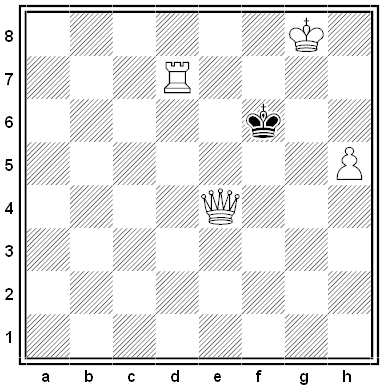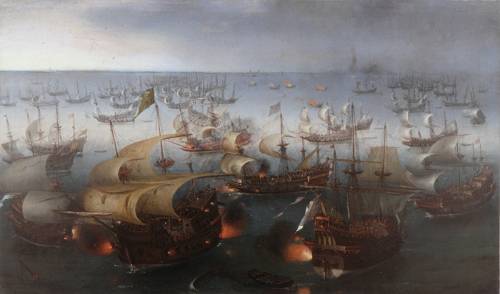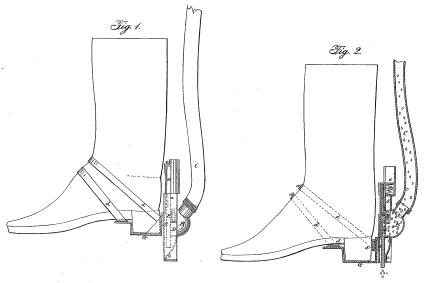Predictions from British journalist John Langdon-Davies’ A Short History of the Future, 1936:
- “Democracy will be dead by 1950.”
- “There will be no war in western Europe for the next five years (from 1935).”
- “By 1960 work will be limited to three hours a day.”
- “Abundant new raw materials will [by 1960] make food, clothing and other necessities universally obtainable.”
- “By 1975 parents will have ceased to bring up their children in family units.”
- “By 1975 sexual feeling and marriage will have nothing to do with one another.”
- “Crime will be considered a disease after 1985 and will cease to exist by A.D. 2000.”
- “The high-brow art of our day will have no future save as a historic curiosity, since it has sacrificed everything to a misguided individualism.”
- “By A.D. 2000 every community will have adopted a planned birth-rate and population will be kept at a fixed level by state-controlled contraception, abortion and sterilization.”
- “England will have a population one-tenth of its present size.”
- “Large tracts of America will go back to the primeval wilderness.”
- “Mankind, like the social insects, will be divided into four or five different sexual types and will forget the he and the she in the needs of physiological and social division of labour.”
“The present can have no meaning unless it is to be found in the future,” he wrote, “so that our happiness and our efficiency as thinking beings depends upon the clarity with which we see what the future holds.”







